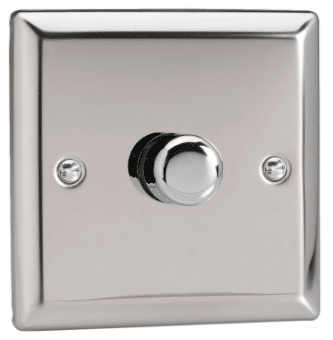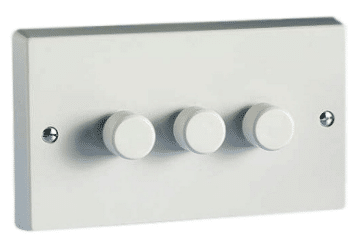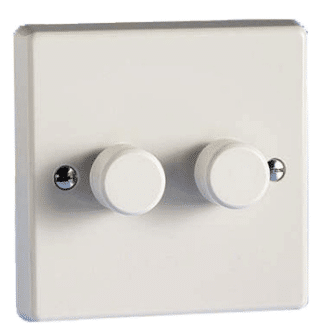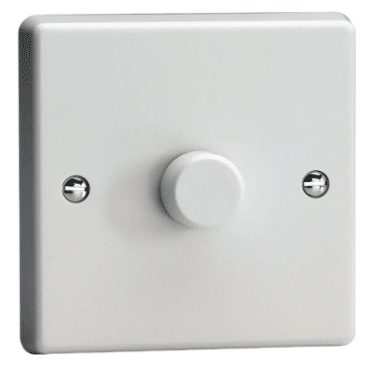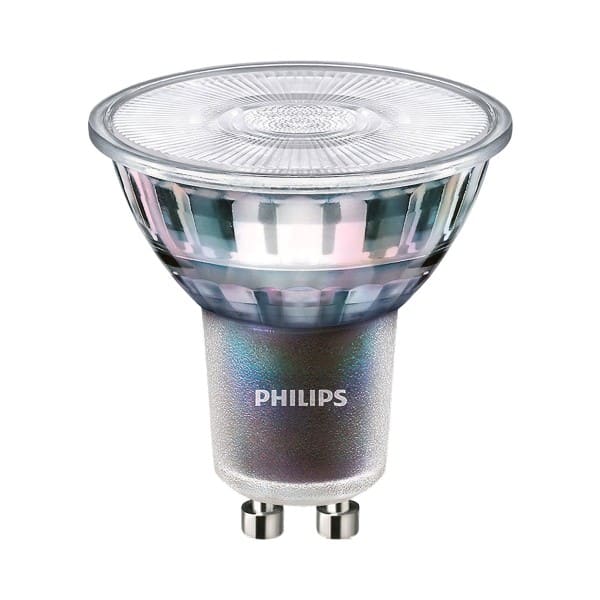One of the advantages of having a home office—aside from being able to work in your pajamas—is that you have a lot of control over how your space looks. No matter how you use your home office, you can create a workspace that perfectly suits your needs from both a functional and an aesthetic standpoint.
One of the most important aspects of any workspace is good lighting. Here are some tips for creating the right lighting to build yourself a workable space and a productive atmosphere:
Types of Lighting
Before you begin, look at the amount of lighting available, from both natural (the windows) and artificial (the mounted fixtures and plugs) sources. These sources hold the key to what’s possible, as well as where you will need to add light in order to fully illuminate your workspace using the three basic types of lighting:
- Ambient Lighting – Poor lighting can make you drowsy, so you will want to create a bright, even layer of ambient light that provides a comfortable atmosphere in which to work. In most cases, this will look like an overhead lamp and table or floor lamps spread throughout the space.You want the lights to be bright enough that you can do general work and easily move around the room, as well as properly angled so they aren’t creating glare on your computer screen. Getting the right angle to limit glare depends on the location of your screen and may require a bit of playing around, so don’t commit a mounted fixture to a particular location until you’re sure.
- Task Lighting – Arguably the most important type of lighting in the home office, task lighting builds on ambient lighting to provide well-illuminated pockets for activities like reading, writing, and detail-work. Dedicated reading lamps with adjustable arms are a great choice that provide you with lots of flexibility and control over your light source.
- Accent Lighting – Accent lighting is not always necessary in a home office space, but it can enhance a space with architectural elements and is perfect for personalizing your home office and showing off your accomplishments. It can be used to highlight your diplomas, certificates, awards, and prized artworks or other treasured belongings. For the most impact, use a light source that is three times brighter than the rest of the lighting in the room. Learn more about properly lighting artwork.
Light Bulbs
Good lighting illuminates a room without drawing attention to itself. For workspaces, this is especially important—you don’t need any distractions, especially not in the form of flickering bulbs, bad colour temperature, or the high-pitched wine of incompatible bulbs and dimmer switches.
In a home office, you’ll want bright, cool lighting to help keep you alert and focused, and something that won’t cause eye strain. Look for warm to cool colour correlated temperature bulbs that are dimmable, or that are 3 step dimmers so you can dim the lighting to unwind at the end of the day, or at times when you want to feel a little more creative—low lighting helps spark creativity!
If you are upgrading to LEDs, make sure you update your dimmer switches to ones that are LED-compatible:
If you plan to use your home office as a relaxing reading space as well, you can opt for Philips DimTone bulbs. These LEDs turn from a warm 2700k to an extra warm 2200k when dimmed, similar to the look of an incandescent bulb:
If you work in a creative or artistic field and colour matching is important to your job, you’ll want to have light bulbs with a high colour rendering index (CRI) so you can ensure accurate colour rendering. Look for a light bulb with a CRI of 80 or higher:
Read the rest of our Room-by-Room Guide to Lighting your Home for more lighting tips and expert advice for lighting every space.
Dining Room
Home Office (you’re here!)
Entryway
Basement
Garden






















































































